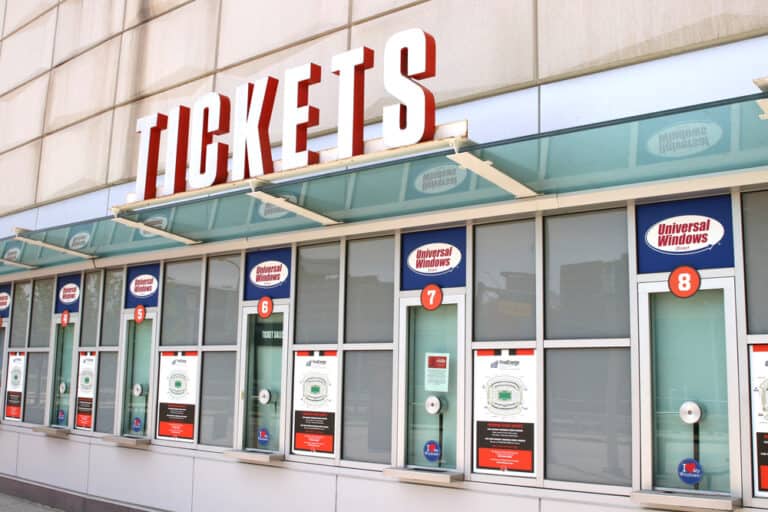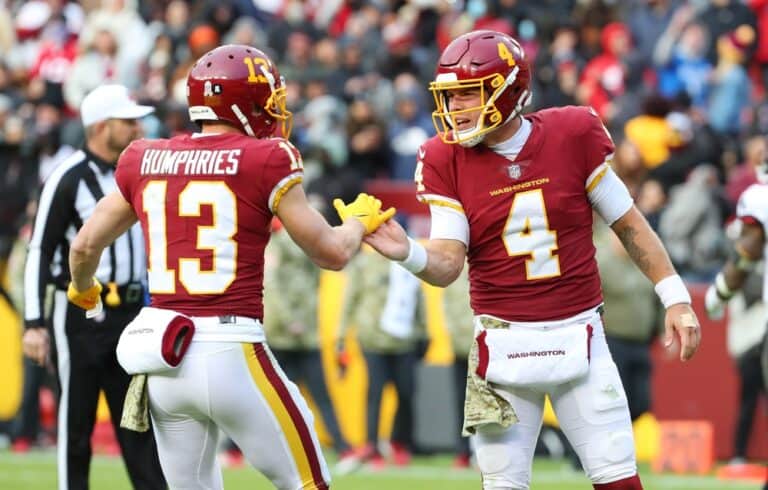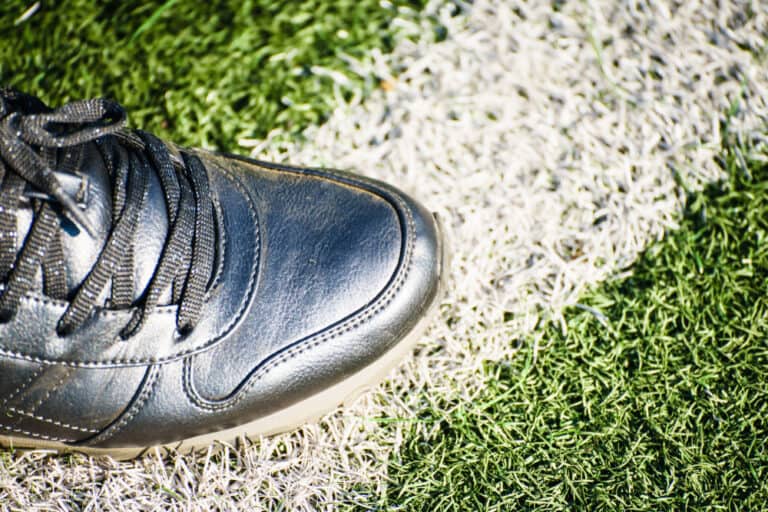Why Kick A Field Goal On A 3rd Down? (Find Out Here)
Field goals in football are typically taken on fourth downs like punts are. A team reaching their fourth Down and opting to punt or kick a field goal has been unable to breach the defense to advance ten yards – but why would they kick a field goal on 3rd down?
Kicking a field goal on a third down is not the norm in football, but it can happen where a team has a skilled long-range kicker, and the yardage to the first down is high, or there is only enough time for one more play.
To kick a field goal in 3rd down is to risk losing possession even though there is still one down remaining for the offense to advance and potentially gain a new set of downs. Let’s explore why a team would kick a field goal on 3rd down and the risks this brings.
Why Would A Team Kick A Field Goal On 3rd down
This is not a common play in football because it carries a high risk if the kick is missed.
The risk here is that if the kick is missed, the kicking team has forfeited possession even though they still had one down to go.
Most field goals are taken within 35-40 yards of the goals to create a higher probability of conversion and the three points that go with it, and herein lies one of the reasons that a team would kick a field goal on 3rd down.
You May Kick A Field Goal On 3rd Down If Your Offense Is Struggling
Suppose the team is trailing by three points, and the current offensive drive is not achieving enough gains on plays to reach the next set of downs.
Instead of risking the fourth Down and possible loss of possession by a punt, the team opts to get in field goal range by the 3rd down, take the chance to level the scores, and then kick back to the scored-against team and try to pin them deep in their own half.
If the kick is successful, the scored-against team would either receive the ball from the kickoff, start from their 35 yard line, or kick off themselves – which doesn’t happen often.
If the kick is missed, the kicking team will forfeit possession, and the ball will be placed at the line of scrimmage – not where the ball was kicked from, and this is a calculated risk that would need to be taken.
A Team Could Kick A Field Goal To Win Or Tie With Time Running Down
In this scenario, the game is tied, and time runs out in the 4th quarter. If the offense does not have timeouts remaining and they need to win the game, they could use their first two downs to drive into field goal range and attempt the field goal on third down.
This situation would be more critical if they didn’t have any timeouts and failed to stop the game clock on the second down. With most kickers only having a range of between 35-40 yards, they would need to get within that range to attempt the field goal.
The 3rd down field goal option could also be used where a team needs to tie a game and take it to overtime and where there is a good chance of the kicker making the goal on 3rd down with time winding down, the offense could opt for the 3rd down field goal attempt.
You Could Kick A Field Goal On 3rd Down As A Play Fake
Kicking a field goal on third down and looking like you’re going to set up to kick a field goal on third down could be a play-action fake. If the team has worked out a specific move that starts with a field goal setup, the kicker could become the quarterback and pass downfield to get the fourth down or even the first down.
The kicker could also lateral to another player, giving the offense enough time to get eligible receivers downfield for a touchdown, first down, or close to it, and then use the fourth down to push for the first down on the next play.
You Could Kick A Field Goal On 3rd Down With A Long Range Kicker
While most kickers have a limited range of around 35-40 yards, there have been some kickers with monster boots, which gives the offense a distinct advantage. Here, a team could easily get to within 40-50 yards of the goal line on 3rd down and then kick the field goal.
This tactic could be used to demoralize the opposition. Even if their defense was effective, having an opposition kicker score from 40 or 50 yards out could force them to change defensive strategies, and this creates doubt and hesitation when it comes to third-down plays.
Instead of setting for a regular rush or passing play, the defense would need to consider the 3rd down a field goal and potentially have a player positioned further back to catch the ball if the field goal attempt fell short.
Remember that in the NFL, if the field goal falls short or is tipped by a defensive player and lands between the line of scrimmage and the goal line, the ball is live and can be recovered by either team downed or returned for a two-point score.
What’s The Longest Field Goal Ever Kicked?
In 2013, Denver Bronco’s kicker Matt Prater slotted a 64-yard field goal against the Titans. While other kickers have slotted longer kicks in practice, this remains the longest kick ever goaled in an NFL game.

Conclusion
Where time is tight, and there is only time for one more play, and it’s 3rd down, a field goal on 3rd down would be ‘hail mary’ play to win or tie the game, with the risk that if the kick is missed, the game is lost.
It would be very rare in a football game to see a field goal kicked on a 3rd down, mostly because offensive teams would take all three downs to advance and not risk losing out by kicking on the 3rd down. However, it is conceivable that a 3rd down-field goal could be a game-saver in certain conditions.







